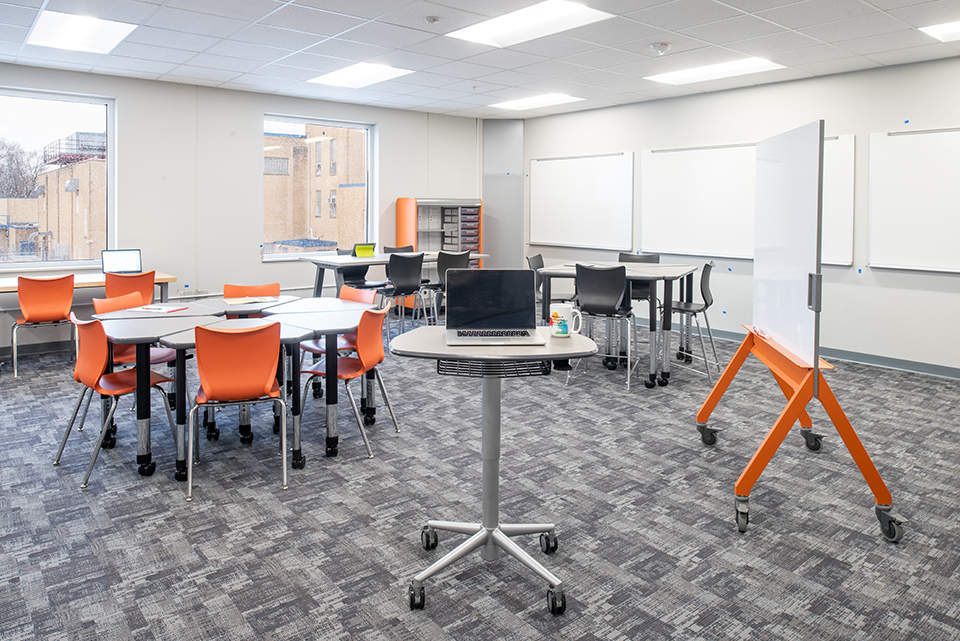The design of a school is more than just an architectural challenge—it is the foundation upon which effective education is built. Good school design can profoundly influence the learning environment, shaping how students, teachers, and communities interact. From classrooms to communal spaces, a well-thought-out design can support academic achievement, promote well-being, and foster a sense of belonging.
Supporting Academic Excellence
A key aspect of effective school design is its impact on academic performance. Natural lighting, proper ventilation, and acoustic control are proven to enhance concentration and productivity. Studies have shown that students in well-lit and properly ventilated classrooms perform better on tests and are more engaged in learning. The layout of a school can also encourage collaboration, with flexible spaces designed to accommodate group work, individual study, and interactive teaching methods.
Modern schools often embrace open-plan layouts and multi-functional spaces, which provide adaptability for evolving teaching methods. These spaces allow for a seamless transition between traditional and digital learning, enabling schools to stay relevant in an increasingly tech-driven world. Good school design ensures that spaces are future-proofed, equipped to meet the changing needs of education.
Promoting Well-being
The physical and emotional well-being of students and staff is critical for a thriving educational environment. Good school design incorporates elements that promote comfort and reduce stress, such as ergonomic furniture, calming colour schemes, and access to nature. Outdoor spaces for recreation and learning are just as vital as indoor areas, offering students the opportunity to refresh their minds and bodies during the school day.
Safety is another cornerstone of effective design. Schools must be secure while remaining welcoming. Features like controlled access points, visible sightlines, and carefully planned emergency routes help create an environment where students and staff feel safe without feeling confined. A well-designed school balances security with an open, inclusive atmosphere.
Fostering Community and Inclusion
Schools are not just places of learning—they are community hubs where students build relationships and develop social skills. Thoughtful school design encourages interaction and inclusivity. Communal spaces such as cafeterias, libraries, and playgrounds should be accessible to all, including students with disabilities. This ensures that every child feels part of the school community.
Moreover, the design of a school can reflect its values and ethos. Whether it’s through sustainable building materials, energy-efficient systems, or artwork that celebrates diversity, the physical structure of a school sends a message about what it stands for. A school that invests in its design demonstrates its commitment to providing a nurturing and inspiring environment for its students.
Conclusion
Good school design is an investment in the future. It creates environments where students can excel academically, thrive personally, and feel part of a vibrant community. By prioritising functionality, inclusivity, and adaptability, schools can ensure their spaces meet the needs of today’s learners and tomorrow’s leaders. In every aspect—from the layout of classrooms to the design of communal areas—thoughtful school design is essential to unlocking the full potential of education.






